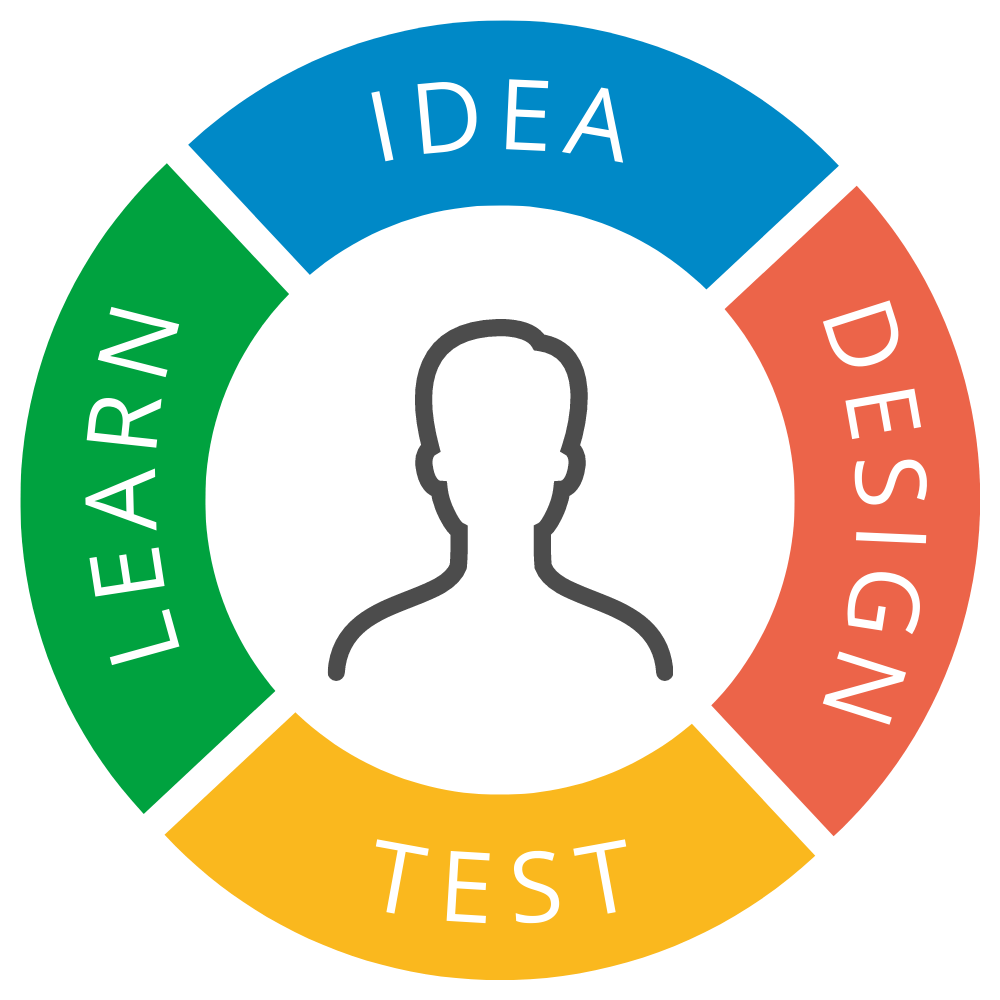Hello and happy June! ☀️
In this newsletter, I invite you to read about:
🔍 How to make your products and services visible in the “new Google” – aka ChatGPT?
🎨 What’s new in Figma – and why it matters?
🚀 Why you should take part in the Bolt.new hackathon?
🧩 What are the most common accessibility issues found on websites?
🖌️ What’s Google Stitch all about?
1. How to make your products and services visible in the “new Google” – aka ChatGPT?
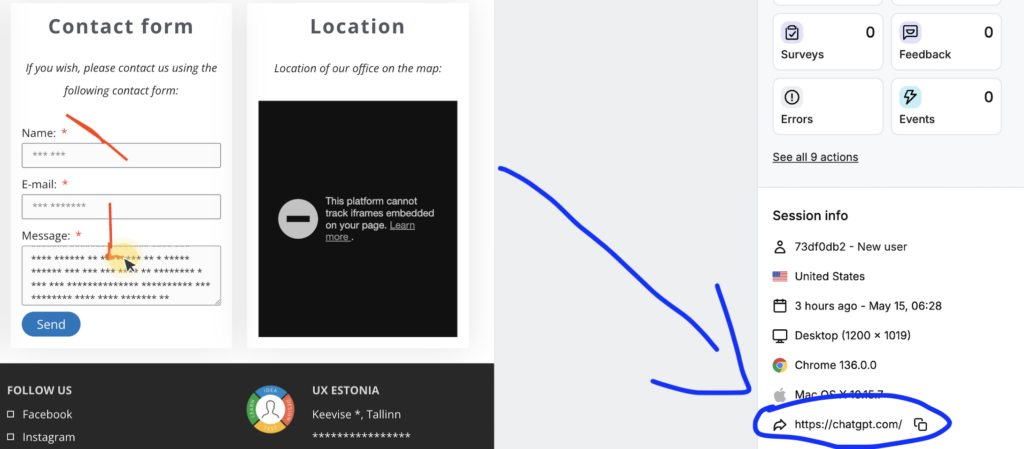
We’re increasingly seeing traffic to the UX Estonia website coming through ChatGPT. The screenshot above shows a case where a user reached out after getting a recommendation from AI.
But how can you get noticed in the “new Google”? Classic SEO practices still apply – but there are some new tips too. The Wall Street Journal recently covered some of them.
As usual, new trends bring new acronyms: GEO (Generative Engine Optimization), AEO (Answer Engine Optimization), and AIO (Artificial Intelligence Optimization). But knowing the acronyms is less important than understanding the underlying ideas.
A recent study by Mailchimp revealed that if you want your content to show up in language models, it’s critical that the bots crawling your website can easily access and read it. That means optimizing your site’s loading speed – not just for humans, but for bots too.
Used electronics marketplace Back Market started rewriting product descriptions in a more conversational tone. Their team discovered that large language models tend to favor casual, everyday language over traditional technical specs that have long dominated search engines.
For a good overview of AI-focused SEO tips, check out the Wiresonic blog.
2. What’s new in Figma?
At their “Config 2025” conference, the Figma team revealed several exciting updates:
Figma Site is a long-awaited feature that allows you to build actual live websites directly in Figma – no coding required. Until now, Figma was mainly for prototyping, but this changes the game.
You can start with templates or design your site from scratch and publish it on a custom domain.
Figma Buzz is a Canva-like tool for creating graphic content for social media and ads. It’s still in early development. You can choose from templates for formats like Instagram posts, Facebook posts, YouTube thumbnails, and more.
Unlike Canva, there’s no built-in image library – instead, you generate images using AI prompts. You can choose from three models: GPT-Image-1, Google Imagen 3, and Titan v2. It would be great to see features similar to Leonardo.AI’s Flow State, my personal favorite, which could replace the need for a stock photo library.
Figma Make is an AI tool that lets you build coded interactive prototypes – from web apps to games – through a chat interface. You can also use your Figma designs as inputs.
💡 Want to learn how to design user-friendly digital services? Feel free to join our UX/UI and AI design course.
3. Why take part in the Bolt.new hackathon?
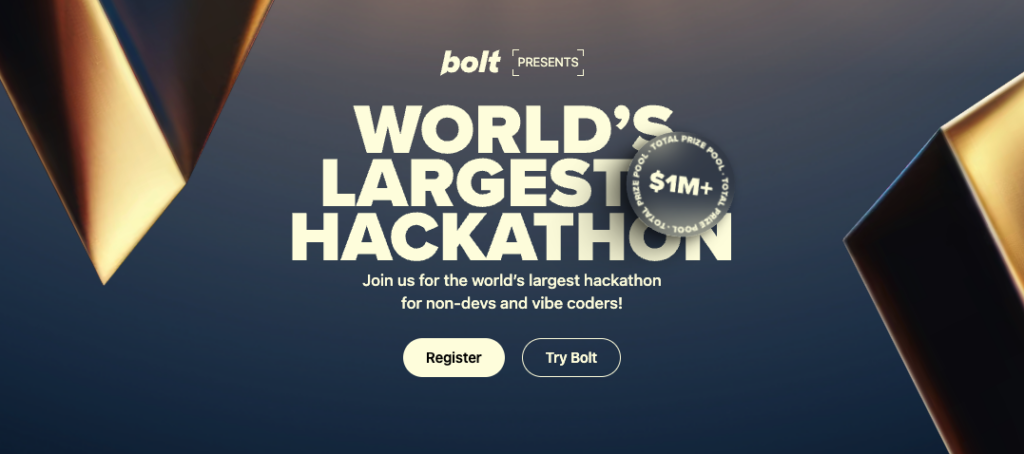
Bolt.new is a tool that lets you build digital services through natural language interaction with AI. Not just websites – full business applications.
One unique feature is the ability to integrate Bolt.new with Supabase, a backend service that lets you store data in a Postgres database. That means you can build apps like HR management systems – or anything else that needs data storage.
You can also enable version control via GitHub and accept international payments with Stripe.
Through June, Bolt.new is hosting a hackathon – a great way to explore the tool and learn by doing. If curiosity isn’t enough motivation, maybe this is: $1 million in prizes. There’s also some bonus items – like free domains for a year.
4. What are the top accessibility issues on websites?
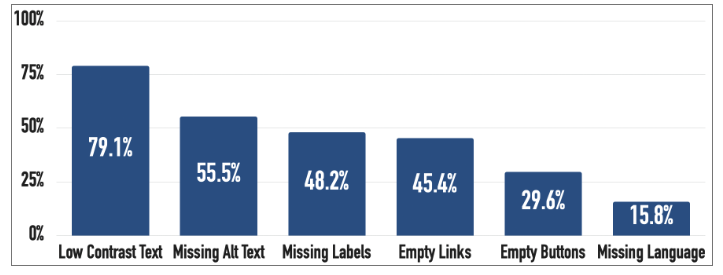
Global Accessibility Awareness Day, which took place last month, marked its 14th year of raising awareness about making digital services more inclusive – from websites to apps and self-service environments.
WebAIM’s annual analysis of one million website homepages highlights several persistent issues: low contrast text (79.1%), missing alt text for images (55.5%), form fields without labels (48.2%), empty links (45.4%), buttons without accessible names (29.6%), missing language declaration in the website code (15.8%).
In my own work conducting accessibility audits and user testing, I frequently encounter: missing “skip to main content” links, inadequate use of ARIA regions, poor heading structure, lack of keyboard focus indicators etc.
👉 In previous newsletters, I have covered:
- What is a screen reader and how does it work?
- Why is alt text important?
- How does aria-label help ensure accessibility?
- Accessibility and text contrast – what should you know as a designer?
- Why should you try the Alt Text Generator AI assistant?
Reminder: the European Accessibility Act comes into effect on June 28. If you haven’t reviewed your site yet, now’s a great time.
5. What does Google Stitch offer?
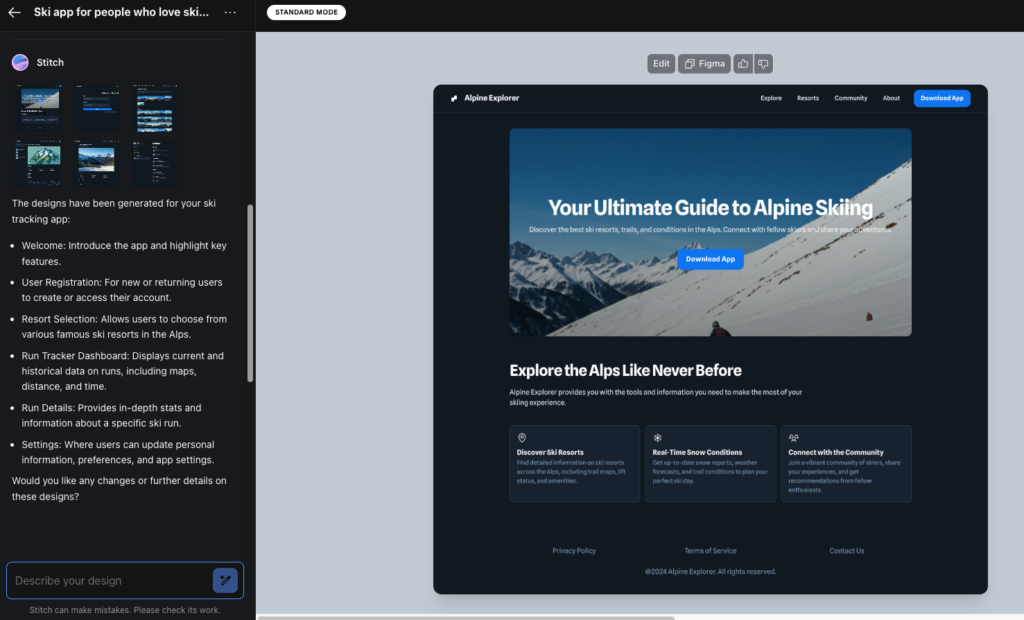
Stitch (formerly known as Galileo AI) was acquired by Google. Galileo was the first web app that allowed AI-generated UI designs to be copied directly into Figma for fine-tuning. Now, with Google backing, the tool is likely to evolve rapidly.
Stitch currently runs on two AI models:
Gemini 2.5 Flash (called “Standard Mode” in Stitch), which lets you copy generated designs into Figma.
Gemini 2.5 Pro (“Experimental Mode”), which only generates static UI images for inspiration – less practical at the moment.
Since this is Google’s new AI-powered UI design tool, it’s worth keeping an eye on how it develops. 👀
Thanks for reading! 🙏

